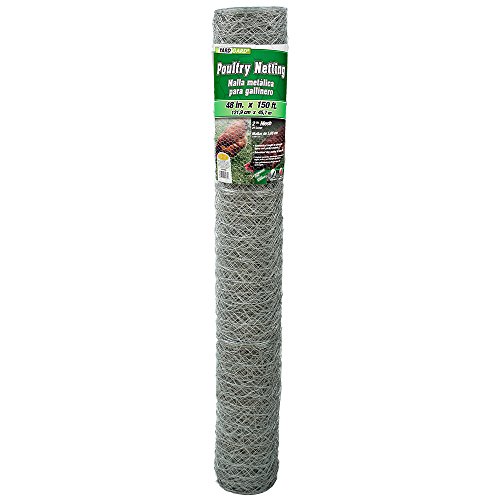When working on a home improvement project, it's natural to wonder where in the process you can save time and energy. This is certainly true when one is installing insulation batts, and you may be wondering whether stapling these batts is necessary. We've done the research to give you an answer.
Stapling the insulation batts is not necessary to secure them in most cases. However, it is the easiest way to keep them in place, as most products are already equipped with tabs or strips for stapling into the framing joists. Stapling the batts may also save time and frustration during the installation process, and it will ensure the best performance from the insulation material.
So, now you know that stapling the batts is not a requirement, but you may still be wondering if it's something you should or shouldn't skip over. Furthermore, you may be wondering if there are other ways to keep these pieces in place. Keep reading to learn more.
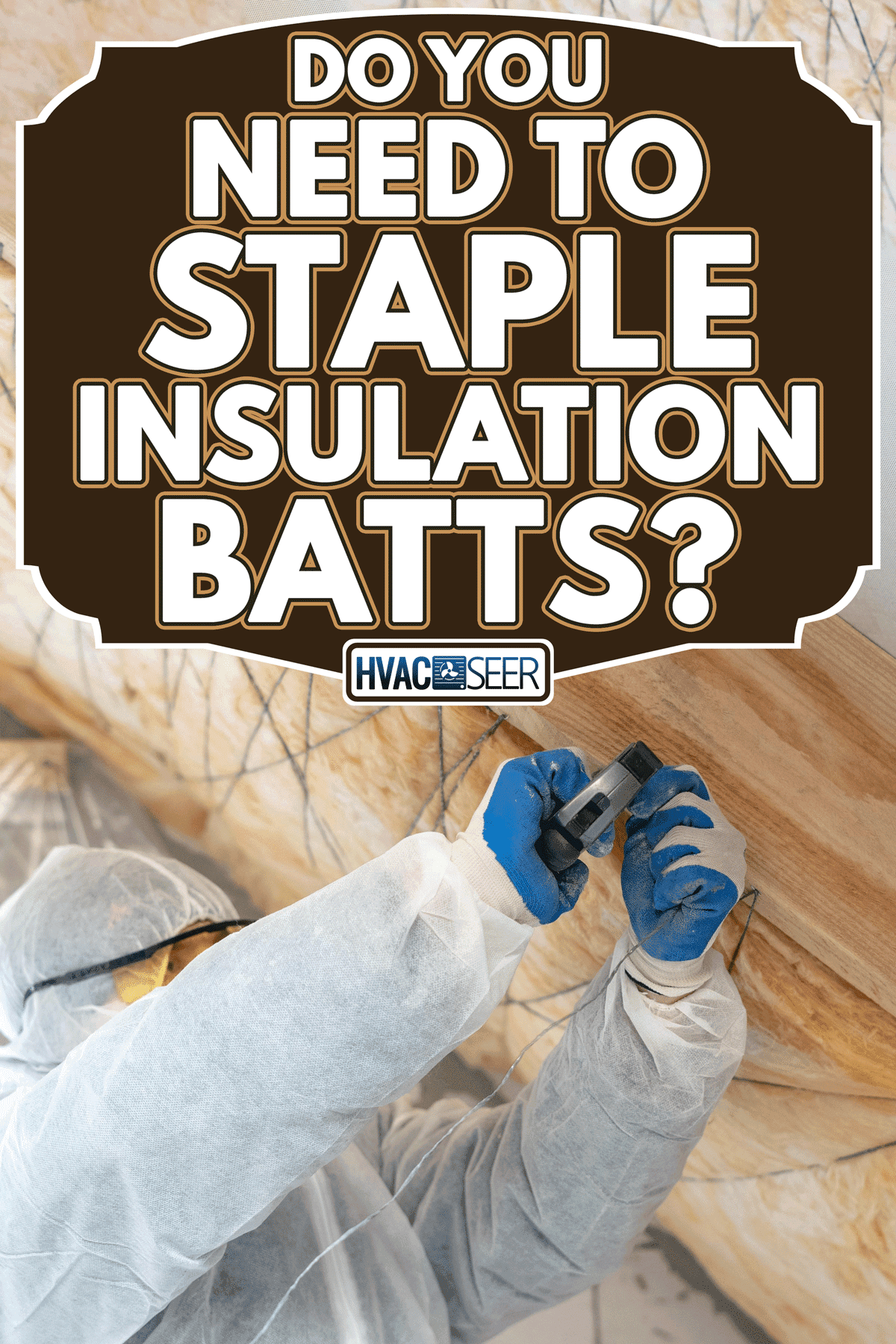
Stapling Insulation Batts
Though you don't have to staple the insulation batts, it's certainly not a bad idea, and it may even save you time and frustration as you work. We'll discuss the process in greater detail and give you instructions so that you can make an informed decision before beginning.
Reasons To Staple Insulation Batts
Insulation batts are created in standard sizes to fit snugly between wall joists. So, in many cases, when a homeowner or professional places the batts between the joists, they will fit snugly enough that they do not easily fold, collapse, or fall.
However, if the joists are placed any closer or farther apart than what is expected, the batts will very likely need to be supported. Stapling the batts is the easiest way to do so.
Since most insulation batts are already equipped with "staple tabs" or "staple strips," all that is needed to secure them are staples and a staple gun.
In addition, even if the joists are placed in the standard way and even if the correct batt size is purchased, the batts are flexible and may bend or fold if left alone.
This may not be a problem if you are only doing a small section of a wall that will be quickly covered with sheetrock, but if you are doing a large project, it may save you time to staple the insulation as you go rather than having to go back and reposition displaced insulation batts.
Keep in mind that stapling the insulation batts will also close any gaps and ensure that heat has no way to move in or out through the walls. This will improve the performance of the insulation and keep your family more comfortable in cool and hot seasons.
How Do You Staple Insulation Batts?
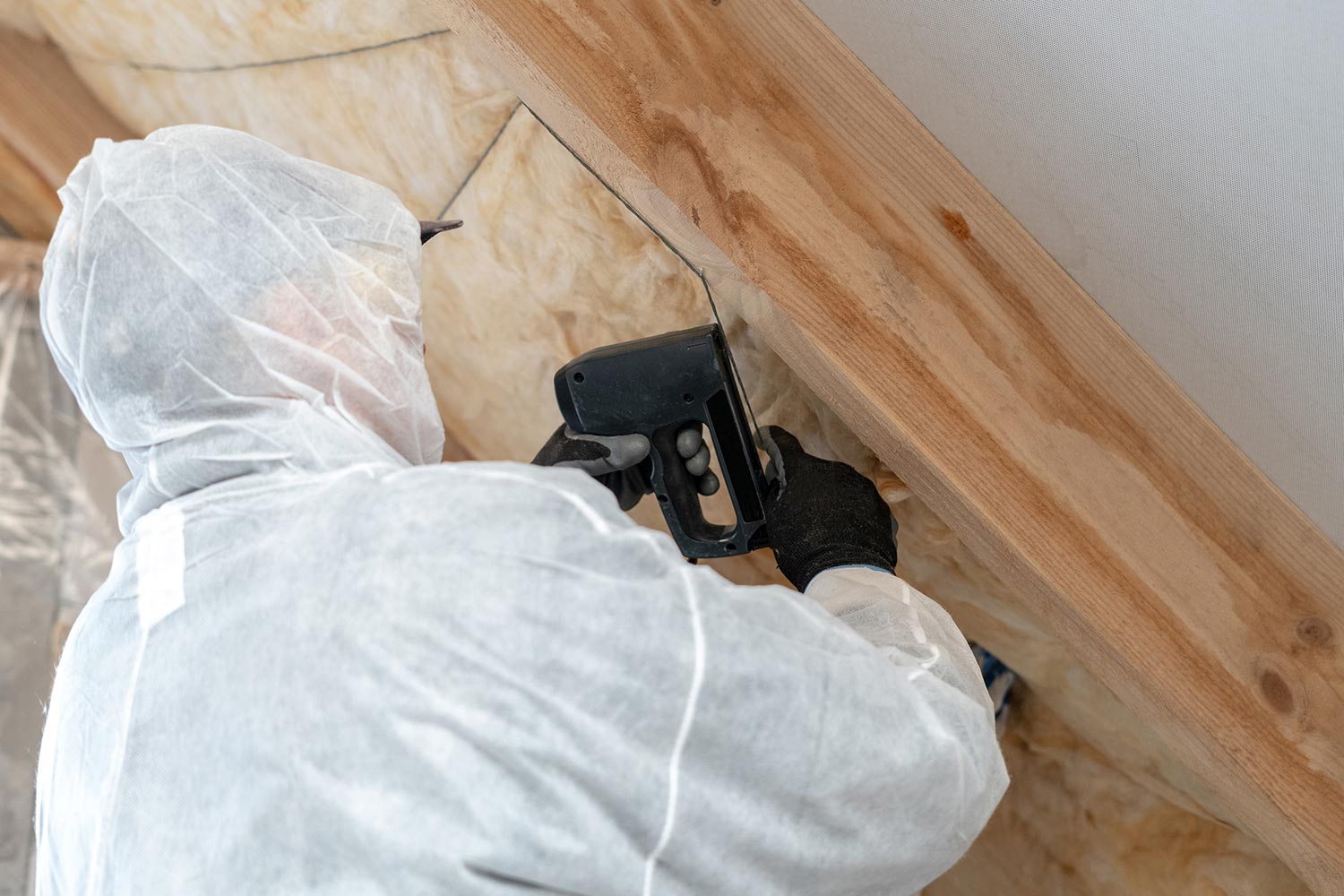
When installing the insulation batts, you should place them with the faced side pointing inward toward the room. The unfaced side should be pointing outward toward the wall.
The "staple strip" or "staple tabs" will be on the faced side. To secure, flatten the strip or tabs flat against the inside of the wall studs. Using your staple gun, staple them in place.
If the batts have tabs, simply apply a staple wherever these are positioned. If the batts have a strip, apply a staple every 8-12 inches from the top of the stud to the bottom.
What Kind Of Staple Gun Should I Use For Insulation?
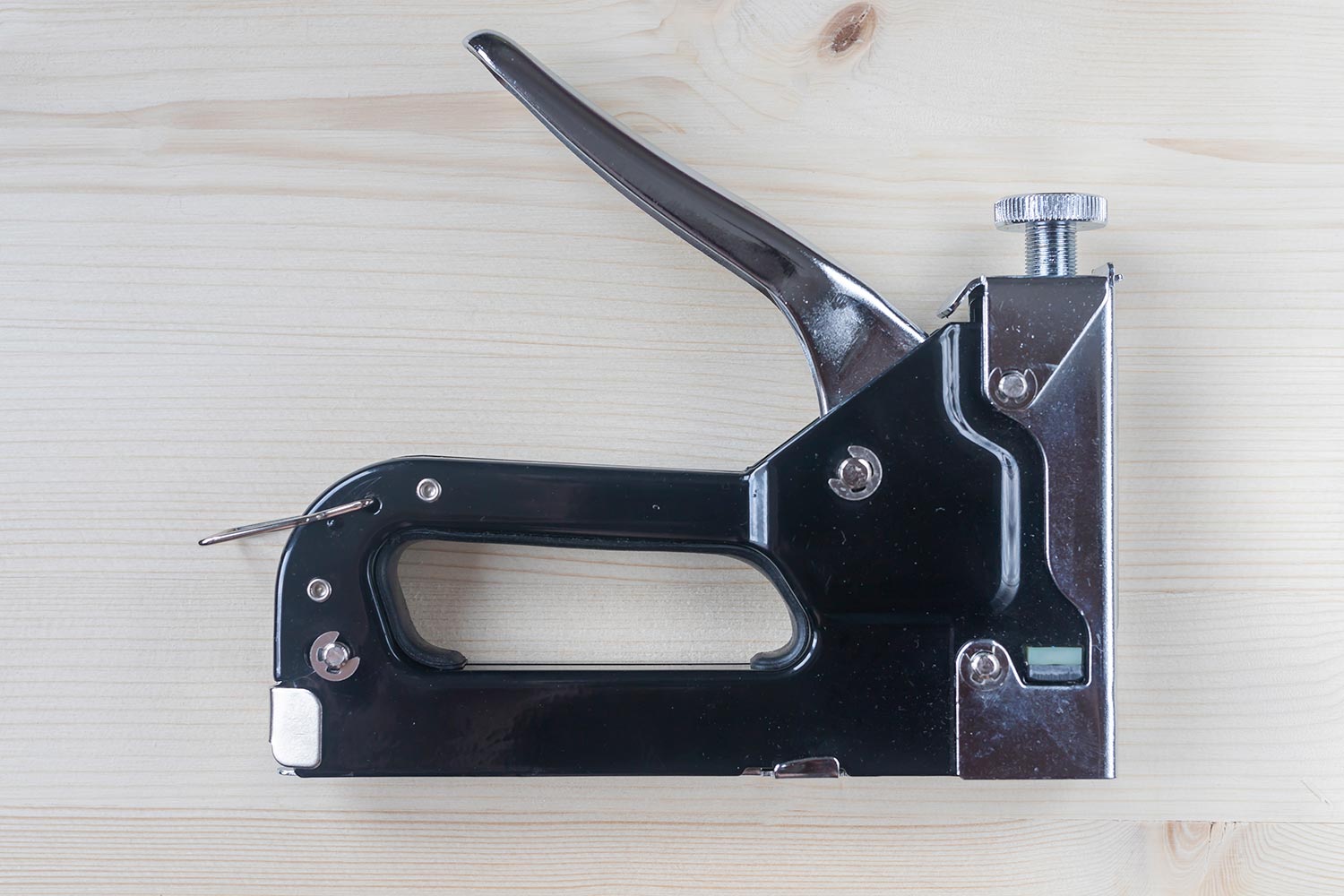
There are many different brands and types of staple guns that could be useful for installing insulation, but there are some key product features to look for when choosing the best staple gun for your project.
Firstly, you should consider the product's mobility. Pneumatic staplers are wonderful for heavy-duty projects, but they run using compressors. This can be a hindrance in insulation projects, as you need to be able to easily maneuver the tool.
In addition, the power of a pneumatic stapler is not typically needed for installing insulation. Cordless and manual staple guns are best for insulation products, as they are more mobile.
Take a look at this manual staple gun on Amazon.
You should also choose a product with a depth adjuster. This is important because staples that are not applied at the correct depth are in danger of releasing from the studs with the weight of the batts.
Finally, you should be sure that the staple gun you choose is able to load different types and sizes of staples, as you may find that some staples are better than others for your specific project.
Check out this cordless staple gun on Amazon.
How Do You Keep Insulation Batts In Place?
Stapling the insulation batt using the provided strips or tabs is not the only way to secure an insulation batt. Here, we will discuss a few other tried-and-true methods for keeping these products in place during and after installation.
Insulation Supports
Insulation supports are another very easy way to secure the batts without any need for staples or brad nails. These are made of spring wire and can be purchased in standard spacings.
Check out these 24-inch insulation supports on Amazon.
These pieces of wire spring between the joists in a wall, in front of the batts, to keep them from bending or falling. They can be placed every 8-12 inches from the top to the bottom of the batt.
Twine
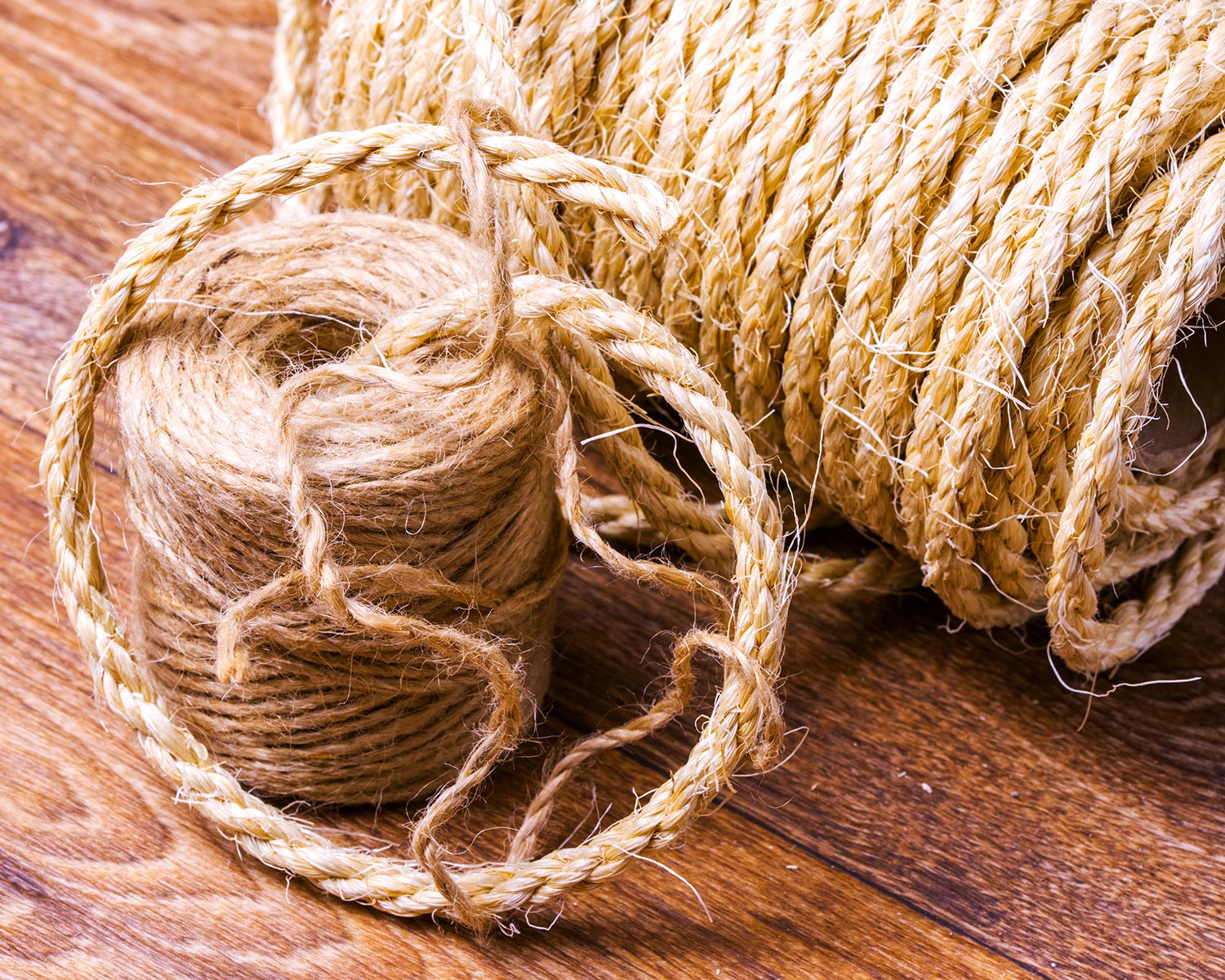
Twine is also commonly used for insulation batts. This product is very inexpensive while also being very hardy and easy to use.
Using heavy-duty jute or plastic twine, the installer can place it in a zig-zag pattern over the batts, stapling to the inside of the joists every 8-12 inches from the top to the bottom of the batt.
Take a look at this heavy-duty twine on Amazon.
Chicken Wire
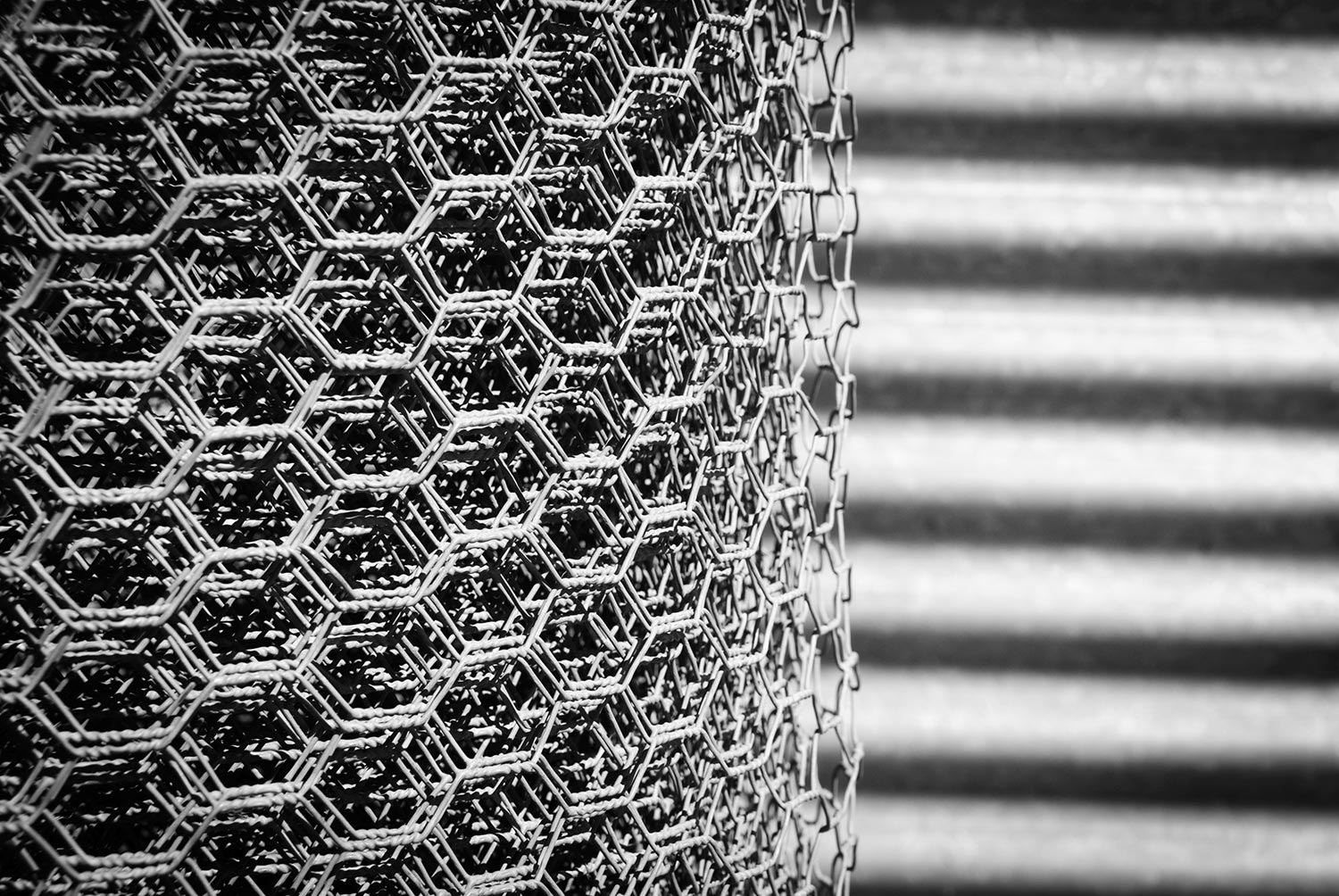
Also inexpensive and even more secure, chicken wire is another option. This can be bought at any home or farming store in a wide variety of sizes. It's also galvanized, making it extremely hardy.
You will simply roll the chicken wire over the area, cut it to size, and staple it to the studs. Keep in mind that this method can be difficult to cover smoothly if you will be finishing the walls or ceiling with drywall. Be sure to hammer the chicken wire down as flat as possible.
Check out this chicken wire on Amazon.
How Do You Keep Batt Insulation In The Ceiling?
Keeping batt insulation in the ceiling can be done with any one of the aforementioned methods. However, we recommend insulation supports for this job, as they can easily be applied to the batts without the need to lug other tools or products up to the ceiling.
Does Insulation Go Behind Wiring?
Insulation should never be forced behind wiring, but you can fit it behind the wiring if slits are cut for the wiring to go through. You can also cut the insulation to go around a wiring box rather than fitting it behind and having to make room for the wires.
In Closing
Insulating a home can feel like an overwhelming task, so you may be looking into ways to ease the burden. You may have wondered if it was reasonable to skip stapling the insulation batts as you work.
While we found that stapling the batts is not required and that there are other ways to secure the insulation, stapling them may actually save you time and energy during the process as well as make the product more efficient.
We detailed our reasons for stapling the batts and gave you instructions on how to do so. We hope that this information will help you move forward with your home improvement.
Want to learn more about batt insulation? Visit these related posts:





